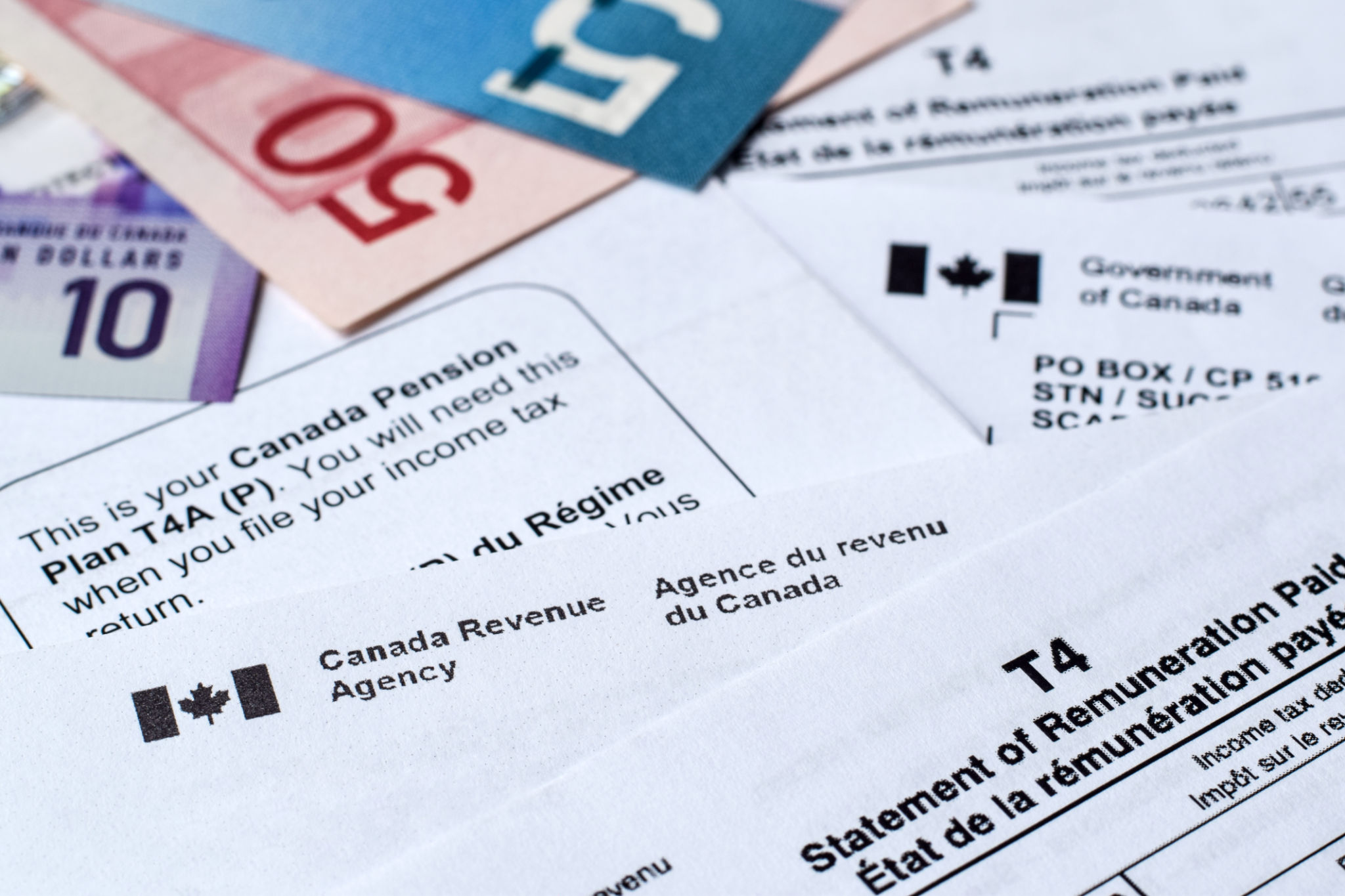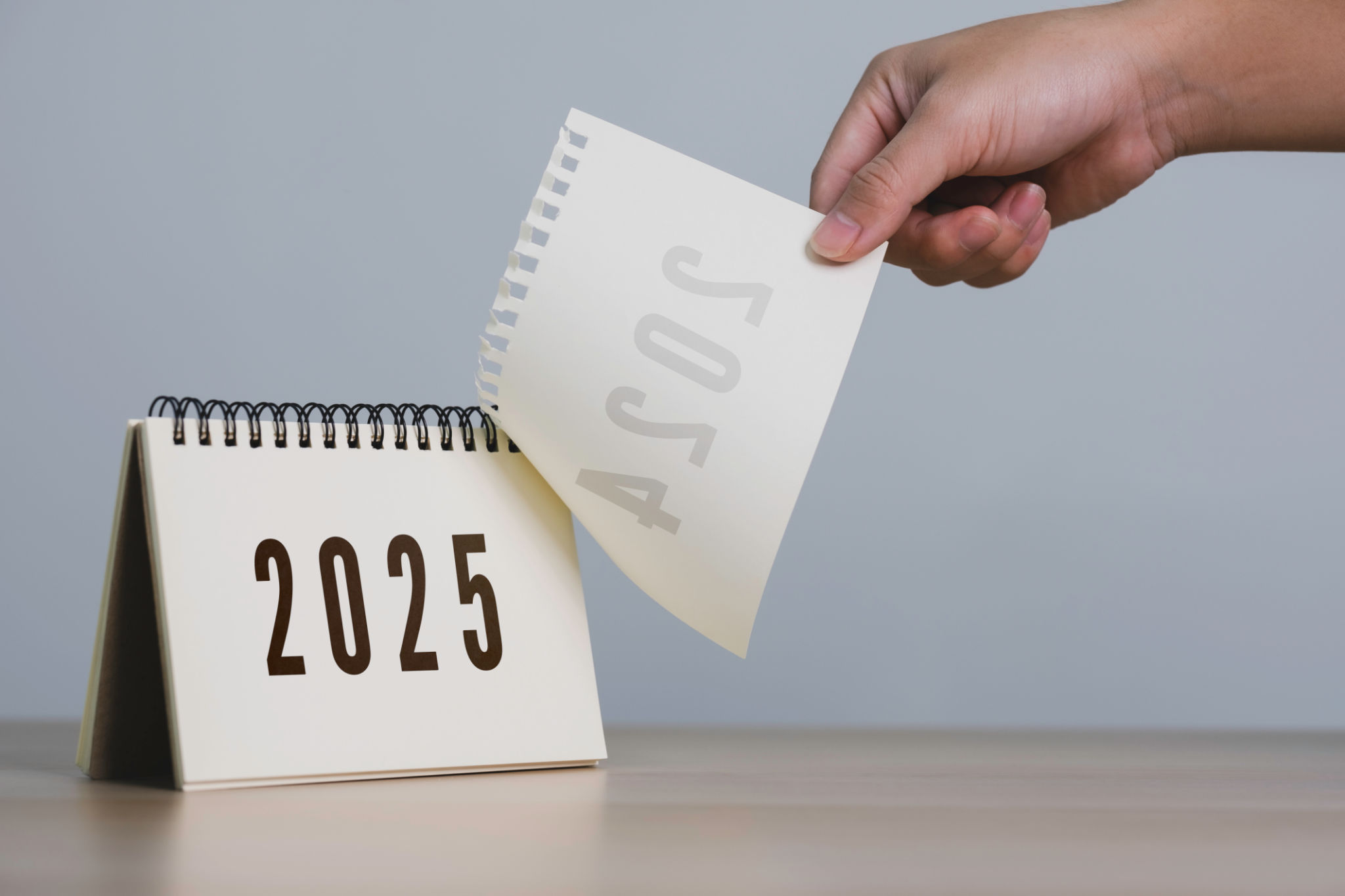Common Mistakes in Self-Filing Taxes: FAQs and Solutions
Understanding Common Mistakes in Self-Filing Taxes
Filing taxes can be a daunting task, especially for those who choose to do it themselves. Despite the availability of numerous resources, many taxpayers still make errors that can lead to penalties or delays in processing. Understanding these common mistakes and how to avoid them is crucial for a smooth tax filing experience.

Incorrect Personal Information
One of the most frequent errors in self-filing taxes is entering incorrect personal information. This includes your name, Social Security number, and bank account details. Such mistakes can result in rejected tax returns or misdirected refunds. To avoid this, always double-check your personal information before submitting your tax return.
Miscalculations and Math Errors
Another common mistake involves miscalculations and math errors. These can occur when taxpayers manually enter figures into their tax forms. To minimize the risk of errors, consider using tax software that automatically performs calculations for you. Additionally, reviewing your numbers multiple times can help you catch any inadvertent mistakes.

Overlooking Tax Deductions and Credits
Many taxpayers miss out on valuable deductions and credits simply because they are unaware of them or assume they do not qualify. It's essential to research and understand the deductions and credits available, such as student loan interest or education credits. Utilizing tax preparation software can also aid in identifying potential savings you might overlook.
Filing Late or Not at All
Procrastination is a common pitfall when it comes to tax filing. Filing your taxes late or failing to file altogether can result in penalties and interest charges. To avoid these consequences, set a timeline for yourself and aim to start your tax preparation well before the deadline. If you need more time, consider filing for an extension.

FAQs: Common Concerns and Solutions
Q: What should I do if I realize I made a mistake after filing?
- A: If you discover an error after submitting your return, you can file an amended return using Form 1040-X. Ensure to provide accurate information and explain the changes made.
Q: How can I ensure I claim all eligible deductions?
- A: Keep thorough records of all expenses and refer to IRS guidelines or consult with a tax professional to ensure you claim all eligible deductions.
Conclusion: Achieving a Smooth Tax Filing Experience
While self-filing taxes can be challenging, being aware of common mistakes and understanding how to address them can significantly improve your experience. Utilize available resources, double-check your work, and consider seeking professional advice if needed. By doing so, you can ensure accuracy in your tax return and avoid unnecessary complications.
